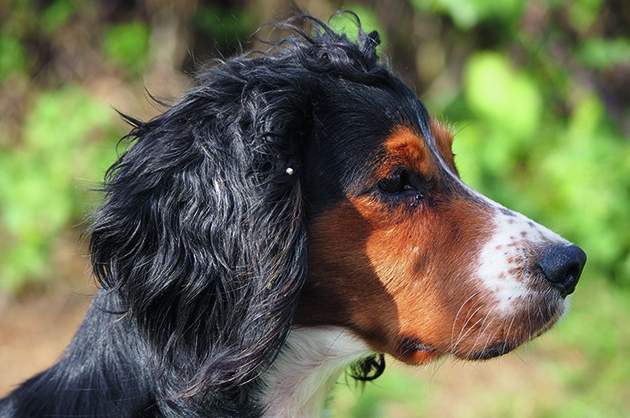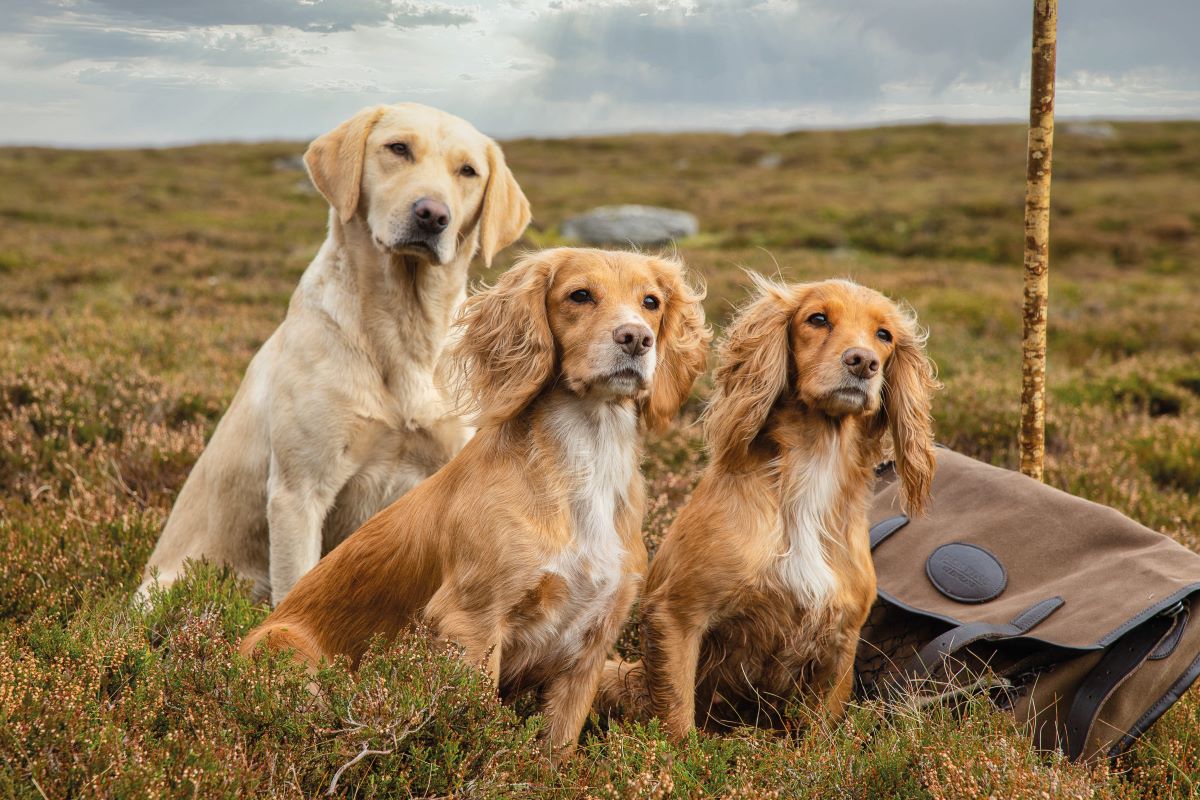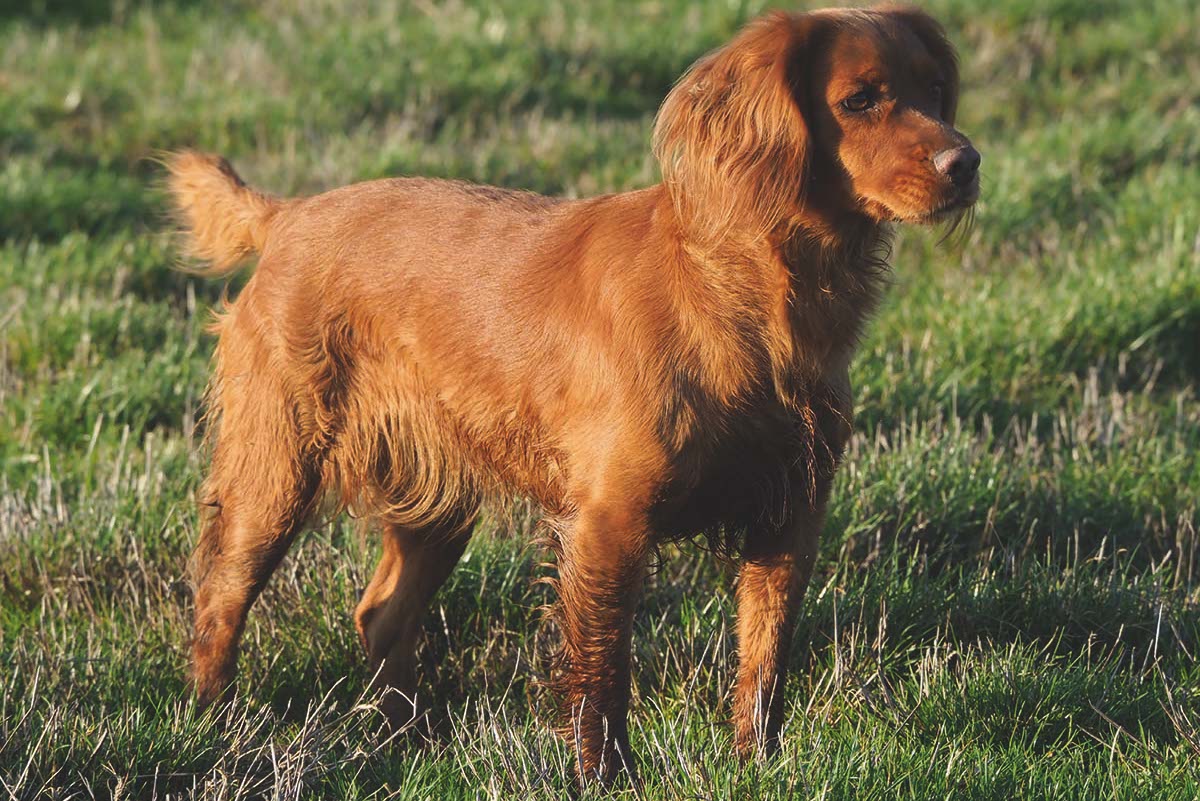Cocker spaniels come in almost any colour you can think of
Cocker spaniels come in a kaleidoscope of colours, but does this have a bearing on their ability in field trials? David Tomlinson investigates

Black, white and tan cocker
Last season, I admired a handsome black cocker dog I met on a shoot. His owner, unaware that I make a living from writing about gundogs, proceeded to give me a short lecture on cockers. He assured me that it was a far older breed than the springer, which is debatable, then asserted that there was no point in getting a cocker that wasn’t solid black or liver, as these were the best workers, as their successes in trials had proven.
Cocker colour
There’s no disputing the fact that solid black or liver has become the prevailing colour in working cockers, but this isn’t so much because these dark, solid-coloured spaniels are the best workers but due to the fact that the dominant working cocker sires in recent years have been solids.
One of the great attractions of cockers is that they can come in almost any cocker colour you can think of, from solid black, brown or gold, all the way through to lemon and white or orange roan. The Kennel Club’s breed standard lists no fewer than 26 colours, or combinations of colours, which is more, as far as I am aware, than for any other breed.
I asked cocker specialist Andrew Robinson, of Whaupley Gundogs, about cocker colour, and he confirmed that it “makes absolutely no difference in working ability, it’s just that black and liver are hugely dominant and as people chase success and use the same lines you tend to get a divergence of the same blacks and livers. If you went to a trial 20 years ago you would see a real mixture of colours, while now 15 out of the 16 will be black or liver.” He added that he generally prefers lighter coloured dogs as they are easier to see when working on a grouse moor, which is a sensible consideration.

Cocker spaniels can come in a range of colours, with 26 combinations in all, including blue roan
Solid colours
In dog breeding a little knowledge of genetics is essential if you are hoping to predict colours in a litter of cocker puppies. The solid colours are black, red/golden, liver/chocolate. If you mate one solid-coloured dog with another, it can produce any one of these solid colours plus black and tan (like a Gordon setter) or liver/chocolate and tan. Roan is recessive, so you need it on both sides of the pedigree for roan puppies. Genetically, it is easily lost, as we are reminded by the current dominance of black and liver.
My first cocker was blue roan and tan, a most attractive mixture rare in working cockers but more common in the show variety. There are certain colours I have never seen in working cockers but which do occur fairly regularly in show dogs, including chocolate liver roan and lemon roan with light brown pigmentation.
In addition, show breeders will talk about dogs that are ticked — that’s a dog with flecks of colour other than white in its coat. For a comprehensive discussion of cocker colours and their genetics, I suggest looking at the Cocker Spaniel Club’s website, which devotes four pages and several thousand words to the subject.
If I was looking for a working cocker puppy, I would be careful to choose one from unrelated lines, or as unrelated as it is possible to find. If the parents are KC registered, checking their COI on the Kennel Club website is simple stuff. In addition, I would be open-minded about coat colour. There’s an old saying that a good horse can’t be a bad colour, and that goes for cockers, too, but my personal preference would be for a roan, or perhaps a solid gold.








